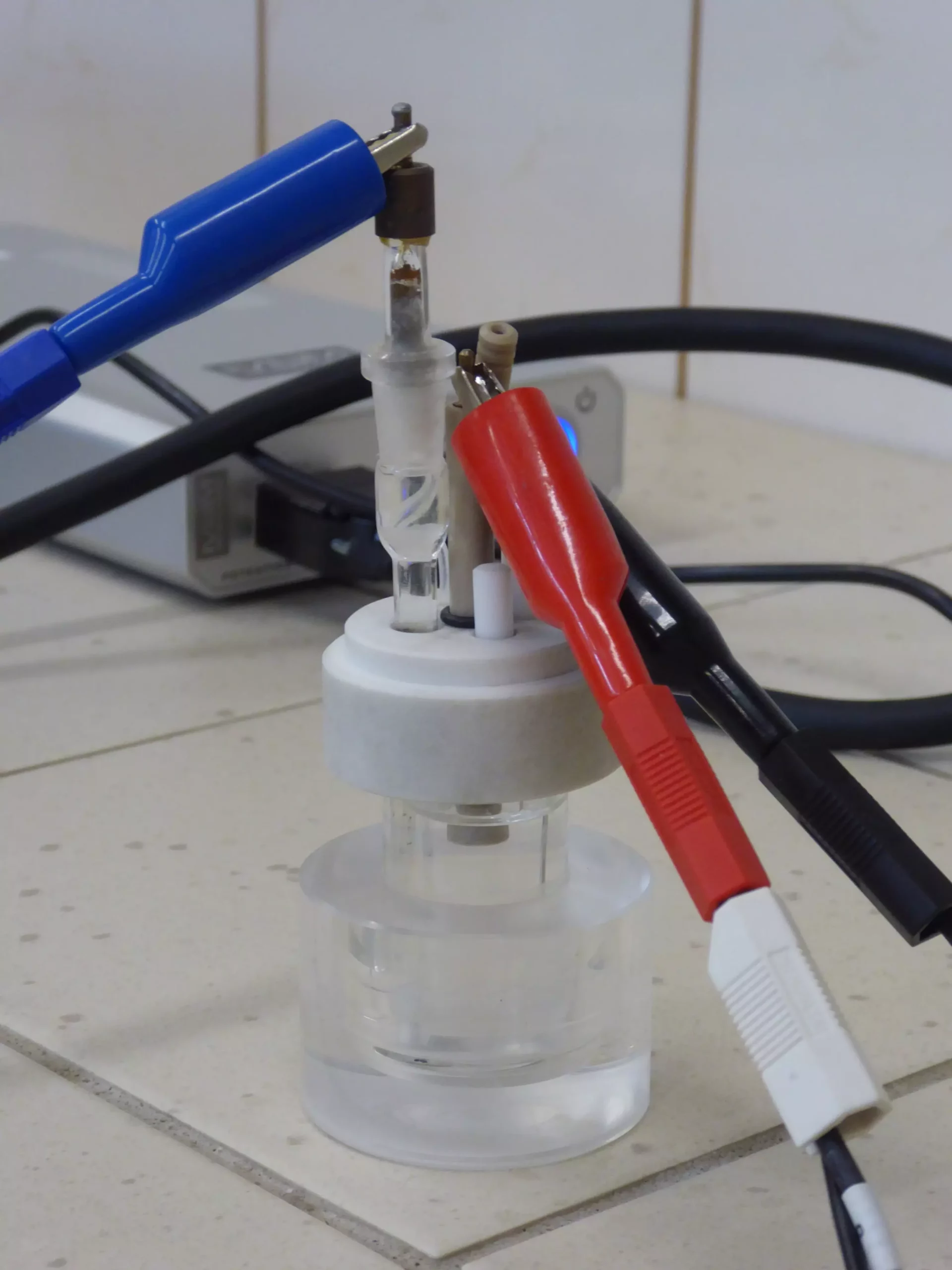In recent years, the rapid proliferation of lithium-ion batteries (LIBs) has led to a significant increase in environmental concerns associated with their disposal. As energy demands surge worldwide and the reliance on portable electronics continues to expand, the pressing issue of battery waste has reached critical levels. In this context, researchers are increasingly honing in on sustainable strategies for recycling these batteries, aiming to mitigate the hazardous consequences of waste and simultaneously harness valuable resources inherent in spent batteries.
The dramatic increase in the use of lithium-ion batteries—doubling within just four years—has generated an alarming amount of waste enriched with several toxic components. Effective recycling methods are no longer optional but imperative to ensure that we navigate towards a sustainable future. Among the promising research efforts, a team of scientists from various Polish research institutions has put forth a groundbreaking approach. Their focus lies primarily on repurposing carbon materials extracted from the spent electrodes of LIBs to develop eco-friendly methods for producing hydrogen peroxide.
Unlocking the Value of Battery Components
The research team undertook a meticulous process, subjecting the electrodes from discarded batteries to an acidic leaching technique designed to recover precious metals while simultaneously allowing for the extraction of carbon materials. Remarkably, their findings indicate that the recovered carbon, when powdered, retained certain trace metals, such as cobalt—a crucial component often employed in catalysis.
Dr. Magdalena Warczak, the project leader, explains the fundamental significance of hydrogen peroxide in various industries, noting its broad applications ranging from disinfection to chemical manufacturing. Unfortunately, conventional methods of hydrogen peroxide production often encompass a host of inefficiencies, such as high operational costs pertaining to pressure, temperature, and toxic electrolytes. This research offers an alternative: an electrochemical approach that uses catalysts derived from retired lithium-ion batteries.
The core of this research is centered around the catalytic properties observed in the recycled materials from LIBs during the oxygen reduction reaction. Interestingly, the efficacy of these catalytic properties hinges on the specific composition and structure of the carbon material, critical factors influenced by the composition of the acidic etching baths utilized in the cleaning process. As the experiments revealed, both the structural intricacies and the formulated materials are essential to achieving efficient electrochemical reactions.
The electrochemical tests conducted by the researchers determined the involvement of electrons during the oxygen reduction process—a bureaucratic yet vital data point. The reduction can occur either via four-electron or two-electron pathways, which respectively yield water and hydrogen peroxide. All samples examined demonstrated a successful two-electron reduction leading to the desired hydrogen peroxide production.
To bolster the validity of their results, the team replicated their tests with a different experimental setup—suspending individual battery powders in systems that employed two immiscible liquids. The results mirrored those derived from the glassy carbon electrode configurations, confirming that the waste-derived materials are indeed capable of facilitating hydrogen peroxide synthesis.
The implications of this research extend far beyond mere waste reduction. Hydrogen peroxide is currently used in concentrations ranging from 3% for household disinfecting products to 30% and higher in industrial applications, including textile manufacture, rubber production, and even as a rocket propellant. The potential for turning discarded battery materials into an environmentally friendly means of producing a vital chemical such as hydrogen peroxide illustrates the innovative approaches necessary for sustainable practices in the industry.
In a historical context, hydrogen peroxide has played a role in rocket propulsion dating back to the 1940s, yet now it stands on the brink of being utilized in environmentally sound applications. Just recently, a suborbital rocket powered by high-concentration hydrogen peroxide was launched, underscoring the renewed interest and viability of this chemical as a green propellant for future space exploration.
Looking ahead, the research team is geared towards refining the efficiency of the electrochemical reactions to a level suitable for industrial scalability. Furthermore, they are exploring the potential for four-electron reductions to broaden the applications of their findings, particularly in fuel cells—a technology poised to lead the way in our shift towards renewable energy sources.
This research initiative brings together numerous prestigious institutions in Poland, including the Bydgoszcz University of Science and Technology and the Institute of Fundamental Technological Research of the Polish Academy of Sciences, illustrating the power of collaborative efforts in addressing complex global issues. The innovative recycling of lithium-ion batteries emerges not only as a means to curtail waste but also as a beacon of hope for sustainable practices in the ever-evolving landscape of energy consumption. Through such groundbreaking research, we can step towards a greener future while harnessing the intrinsic value of materials we once deemed wasteful.


Leave a Reply